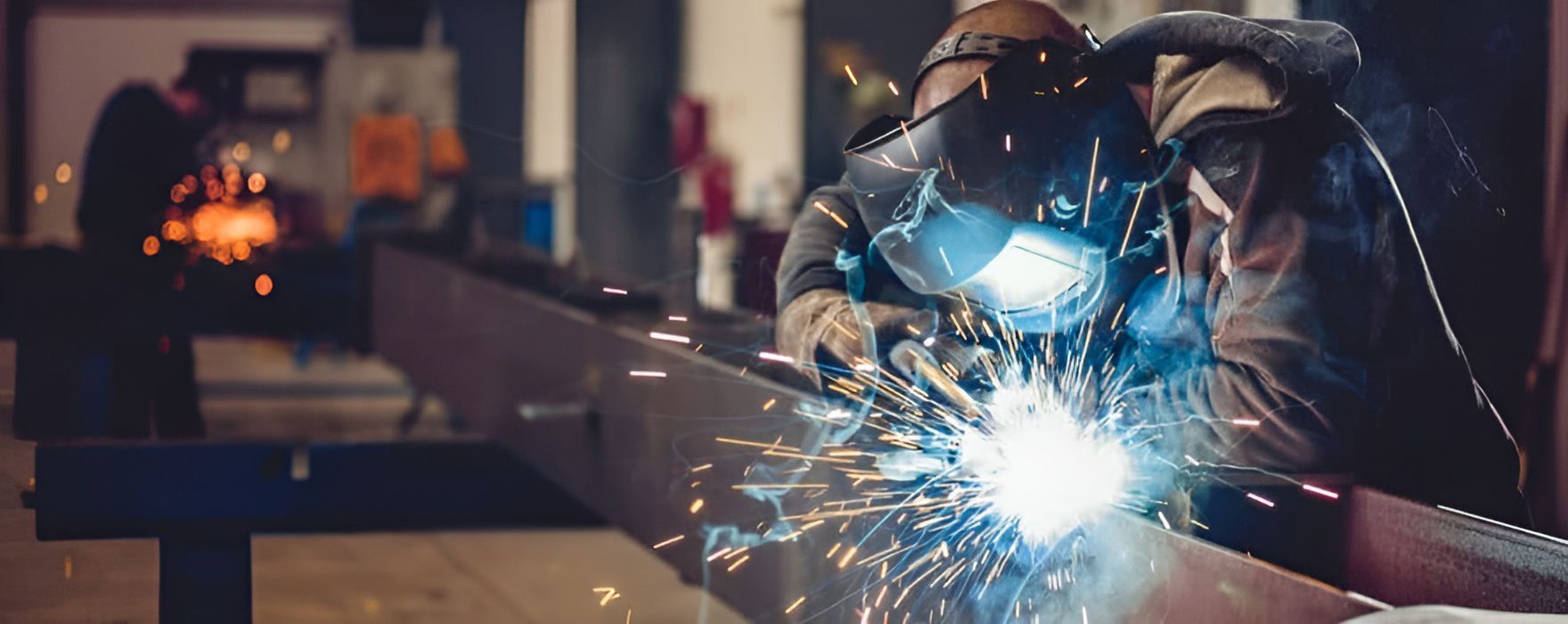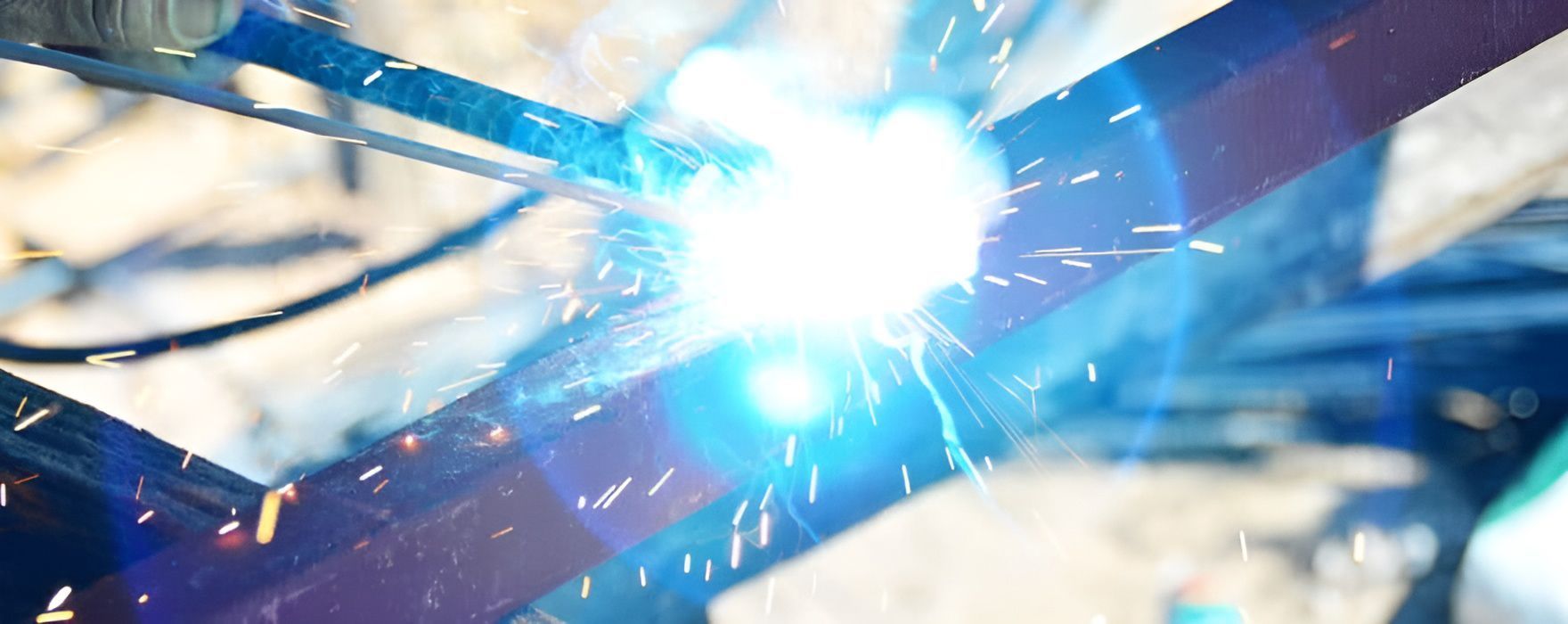Types Of Metal Fabrication Processes
Metal fabrication encompasses a broad range of methods used to shape, join and assemble metal into the desired components or structures. To accomplish this, different metal fabrication processes are employed, each serving a specific purpose and offering unique advantages. In this blog, we will explore common types of metal fabrication processes.
Cutting
Cutting is often the initial step in metal fabrication, as it allows for the division of larger metal sheets or blocks into smaller, more manageable sizes. Various methods can be used for cutting metal, depending on the thickness, type of metal and precision required. Commonly used cutting techniques include:
- Sawing: It uses a saw blade or abrasive wheel to cut through metal.
- Shearing: It is a process where a sharp blade is used to cut through metal sheets.
- Laser Cutting: It utilises a high-powered laser beam to melt, burn or vaporise metal, resulting in precise and intricate cuts.
Welding
Welding is a fundamental metal fabrication process that involves joining two or more metal pieces together through fusion. The process generates heat, causing the metals to melt and subsequently cool and solidify, resulting in a strong bond. Various welding techniques are used depending on the specific requirements of the project:
- MIG Welding: Metal inert gas welding, also known as gas metal arc welding (GMAW), employs a wire electrode that melts and fuses with the base metal.
- TIG Welding: Tungsten inert gas welding, or gas tungsten arc welding (GTAW), utilises a non-consumable tungsten electrode to create a weld.
- Arc Welding: It involves the use of an electric arc between an electrode and the metal, creating intense heat to join the materials.
Forming
Forming is the process of bending or shaping metal into specific geometries or profiles. It is achieved through various techniques that alter the metal’s shape without removing any material. These include:
- Press Brake: It involves using a machine equipped with a punch and die to bend metal sheets into desired angles and shapes.
- Roll Forming: It utilises a series of rolls to progressively shape metal into continuous profiles.
- Stretch Forming: Stretch forming is a process where a metal sheet is stretched and bent over a die to achieve complex curved shapes.
Machining
Machining involves the removal of material from a metal workpiece to achieve the desired shape, size or finish. It is typically performed using various cutting tools. Popular machining processes include:
- CNC Machining: CNC (Computer Numerical Control) machining utilises computer-controlled machines to execute precise and complex machining operations.
- Turning: Turning involves rotating the workpiece while a cutting tool removes material to create cylindrical shapes.
- Milling: Milling uses rotating cutting tools to remove material from a workpiece, resulting in flat surfaces, slots and complex contours.
Metal Fabrication Services on the Gold Coast
At Brumb’s Welding & Fabrication, we provide high-quality metal fabrication services on the Gold Coast. Contact us today to discuss your requirements.






